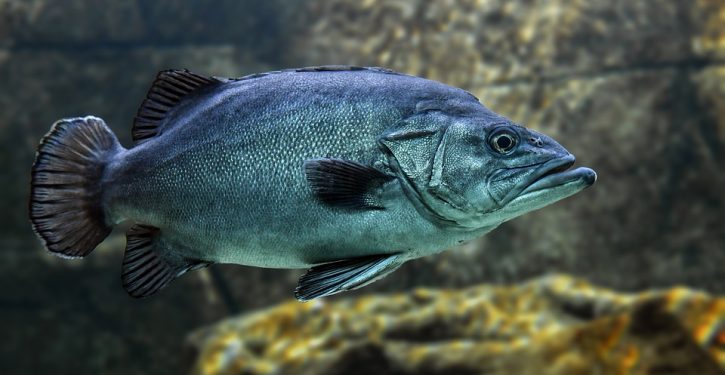
Modern Europeans don’t eat much seaweed or aquatic plants, unlike east Asians. But ancient Europeans ate them a lot, especially seawed and sea kale, researchers have found:
Virtually absent from most present-day Western diets, seaweed and aquatic plants were once a staple food for ancient Europeans, an analysis of molecules preserved in fossilized dental plaque has found….Prior research had suggested that the introduction of farming, starting from around 8,000 years ago, prompted ancient humans to largely stop eating seaweed. In Europe, by the 18th century, seaweed was regarded as a famine food or only suitable for animal feed.
“It is very exciting to be able to show definitively that seaweeds and other local freshwater plants were eaten across a long period in our European past,” said study author Karen Hardy, a professor of prehistoric archaeology…Hardy and a team of archaeologists…examined the teeth of 74 early humans unearthed at 28 archaeological sites across Europe, including the far north of Scotland, southern Spain and Lithuania.
The oldest sites examined in the study in Spain and Lithuania dated back to more than 8,000 years ago, while the most recent were around 2,000 years old.
The researchers were able to detect identifiable chemical markers in dental calculus — the bacterial gunk and food debris that builds up on teeth over time — in 37 samples belonging to 33 individuals. And of those, 26 samples revealed that seaweed or aquatic plants had been on the menu.
“Dental plaque …is very common and once it develops it can only be removed by scraping. This is what dentists do as part of the cleaning process, today,” Hardy explained via email.
“But in the past, it simply accumulated, particularly in the small gap between the tooth and the gum. It is common on most archaeological skeletal material throughout the past,” Hardy added. “It acts as a trap for material that came into and passed through the mouth. Since it is found in the mouth, all the material found within it, unequivocally linked to ingestion.”….
“It is the particular combination of biomarkers which allow us to identify seaweed and aquatic plants,” said study coauthor Stephen Buckley, a research fellow in the department of archaeology at the University of York, via email….
An analysis of the samples showed that ancient people ate, or at least chewed, red, green and brown seaweed and a variety of freshwater aquatic plants, such as species of pondweed and vegetation from the same genus as the water lily….
And it wasn’t just coastal communities that ate seaweed, the study noted. At La Corona, a site in southeast Spain occupied from 6059 BC to 5849 BC, seaweed made up part of the diet even though it is 80 kilometers (49.7 miles) from the coast.
Buckley added that it wasn’t possible to be sure whether the seaweed would have cooked or eaten raw.
However, he said it’s reasonable that seaweed would have been a staple food given its nutritional benefits and the ease of obtaining it from the seashore.
Dubbed a “superfood,” around 145 species of seaweed are eaten today, mainly in Asia, and they are known to have many health benefits.
The scientists said they hoped that their research would highlight the potential for including more seaweeds and freshwater plants in present-day diets.
Ancient Europeans also — like today’s east Asians — consumed lots of fish sauce. As Vox notes,
ancient Romans had a surprisingly common recipe of their own. They used it more frequently than salt, and they manufactured it across the Roman Empire.
It was called garum — a salty sauce made from fermented fish guts (such as mackerel innards), which they doused every possible meal in….People had many ways of making garum, which makes it tough to know exactly what most Romans ate but easy for you to make a similar fish sauce at home.
It was so popular that poets wrote about it…While garum is similar to modern fish sauces, most taste testers report that its flavor is surprisingly subtle, teasing out the umami in seasoned foods.
Ingredients
- Mackerel (you may substitute anchovies, sardines, or other fatty fish)
- Sea salt
- Herbs (optional, preferably dried)
- A clay container
Instructions
Prepare the mackerel, using the whole fish or, preferably, only the blood and intestines. Mix it with sea salt — the best recipe with a ratio, from a 10th-century compilation called the Geoponica, recommends about one part salt for every eight parts fish. Dried herbs are optional.
Let the mixture ferment in the hot sun for two months. (Time varies by author, but one to six months is common, though as little as 20 days might suffice.) Stir to help dissolve the mixture and then strain the liquid from the top. Ideal coloration is clear, but your garum’s color may vary.



